Author & Photographer: George Mitchell
Our recommendations are not influenced by affiliate links – we have none. Our content and advice is derived from our personal experience, and knowledge based on spending five months in Thailand as well as travelling three-years Round-The-World.
Why Should You Visit Chiang Mai?
Chiang Mai is a great place to learn about Thai culture and cuisine. The original old city of Chiang Mai is very compact and walkable. It is the city for Food, Flowers, and Festivals. The food and the restaurants are superb but I am leaving the best for last.
All the sights in this post are shown on our custom TH Chiang Mai Map. Additional sights are shown as well. An excellent measure of which sights, restaurants and hotels are better is the Google Rating (from G0 to G5), which we have appended to all place names in this post and our map. There are frequently multiple spellings for the same place. It was assumed that Google Maps provides the most accurate and official names.
Flowers
Hydroponic Plants
Before we describe the the more flashy flowers, we saw this water garden along the side of the street near Wat RatchaMonthian. I had no idea what was significant about these plants. I just liked the composition.
Floating watermoss is the small-leaved plant in the photo. Salvinia natans is an aquatic fern that can float thanks to pouches of air in the leaves. In the wild, the leaves provide shade and hiding places for fish.
The larger Water lettuce (Pistia stratiotes) is an invasive species that originated in Africa. This free-floating, aquatic plant forms rosettes, which resembles lettuce. It grows in warm, nutrient-rich, stagnant water.
Orchids
Thailand has been the largest exporter of orchids in the world since 1979. We visited an orchid farm on our first trip to Thailand and were astounded by the diverse and spectacular species of orchids, such as Dendrobium and Vandas.
Mae Sa and Bai Orchid farms are near Highway 107 just 19 km 30 minutes north of Chiang Mai. All the following orchids are epiphytes (grow on trees) but some orchids are also lithophytes (grow on rocks) .
The stunning Cattleya orchids are often called the queen of orchids for their beauty and popularity. This one is called a Ruby-lipped cattleya, one of my favourites.
The Crimson Cattleya orchid is also very beautiful. There are 45 orchid species within the Cattleya genus, which originate from Costa Rica and to Argentina.
Sticky coelogyne (Coelogyne viscosa) belong to the Coelogyne genus of 200 species native to South Asia. They are sympodial, which means they develop a bifurcating pattern where one branch develops more strongly than the other.
Ward’s paphiopedilum (Paphiopedilum wardii) is a Venus’ slippers orchid native to China and Southeast Asia. It is very rare and declining in its native habitat.
Dendrobium orchids originated in Sikkim, NE India. Sought-after orchids, such as the Dendrobium and Paphiopedilum, are found in lush rainforests that provide shade, humidity, and moisture that orchids require for survival.
Orchids are masters of mimicry. Some species have evolved to imitate the appearance and scent of female insects to attract male pollinators.
Festivals
There are several festivals that are worth seeing when you visit Chiang Mai. Four well known festivals are the Flower Festival in February, Songkran Festival in April, Inthakin Festival in May-June, and the Loy Krathong Festival in November
Flower Festival in February
On our first trip to Thailand we were amazed by the Chiang Mai Flower Festival. The festival lasts three days and begins on the first weekend of February to mark the end of the cool season.
There was a parade of flower-filled floats from Nawarat Bridge in the NE and travels on Tha Phae Road (where we saw Wat Buppharam in the last post) to Nong Buak Haad Public Park in the SW corner of the old city.
Bands played music. Dancers in traditional costumes perform Thai dances. The costumes are ornate and colourful. The body movements and hand gestures are graceful.
Their mongkut headdresses resemble the ornate spires of temples. However, they are actually derived from royal crowns called lomphok, which in turn were adapted by the Ayutthaya Kingdom from the turbans of Islamic Persia .
Erawan is the Thai name for Airavata, the three-headed Hindu elephant deity with a white complexion. Erawan is the main vehicle for the chief Hindu deity Indra (aka Thor or Zeus).
Airavata is a common subject in Indian literature such as the Mahabharata (3rd century BC) and the Ramayana (8th century BC), which was reworked into the Ramakien, the Thai national epic. Erawan, the white elephant, has a very positive connotation and usage in modern media and even as a name of restaurants and a national park.
By contrast, the term white elephant in the West means an expensive burden that fails to meet expectations. It derives from P. T. Barnum who acquired a “Sacred White Elephant” at great expense from the King of Siam – only to discover that his white elephant was actually dirty grey in color! White elephants are very rare and are actually light grey.
This large flower-filled Garuda was the winning float.
This float with a miniature sprit house won second place.
Contestants competing for the Flower Festival Queen rode on the floats and carriages. Note how beautiful the women from Chiang Mai were in these photos from so many years ago. In 2023, a 24 year old from Chiang Mai, Chonnikarn Supittayaporn, was named Miss Thailand.
Songkran Festival in April
Songkran, Sanskrit for astrological passage, is the traditional Thai New Year on April 13th. The original tradition was to sprinkle water on each other. Today it has transformed into a massive water fight using buckets and water guns. The festival centres around the Tha Phae Gate. There also is a parade of Buddha statues to be washed in a religious ceremony.
Inthakin Festival in May-June
Some sources believe the pillar is a phallic symbol. However, Inthakin means Pillar of Indra, one of the chief Hindu gods. The original Lawa tribe who lived here believed they received a pillar from the god Indra to protect them against disaster. As part of the Indianization of SE Asia, the early Thai tribes adopted first Hinduism then Buddhism.
The festival is based on the lunar calendar so it varies from late May to early June. The city pillar is paraded to the Three Kings Monument where it used to reside in the original Wat Inthakin.
Loy Krathong Festival in November
Loy Krathong is a three-day festival of light in November. It originated in ancient Sukhothai but Chiang Mai is one of the best places to see it. Krathongs are lotus-shaped boats (loy) made of banana leaves carrying flowers and a candle. The best place to see the candles being lit and the krathong floated over the water is on the Ping River or Narawat Bridge. There are also parades, fireworks, and cultural performances.
The purpose of Loy Krathong is to give thanks to Mae Phra Khongkha, the water goddess for the fortune of having water, so essential for a good harvest. Loy Krathong originated from an old Brahmin festival that paid respect to the Hindu goddess Ganga who is the personification of the river Ganges. Phra Mae Khongkha is the Thai name for Ganga.
In other words, the ancient Thai tribes blended Hinduism with their existing animistic beliefs. Loy Krathong sounds similar to the Hindu Festival of Lights, Diwali, also held in Oct-Nov. But it differs from the reason for Diwali, which celebrates the victory of light over darkness.
If a man and a woman launch separate krathongs, the longer they float near each other the longer the couple will stay together, which is why some couples attach a piece of string between the boats.
Food
Market Photo Ops
Markets are not just a place to buy food. They are also a great place to photograph the local people. This little girl from our first trip to Thailand looked like she was not sure what to make of the big camera taking her picture. What is the cream on her face and arms?
Sandalwood is a brown-beige smooth powder which is derived from the fragrant wood of the genus Santalum tree. It was used in India as far back as 700 BC. The oil in the sandalwood bark has antiseptic properties that prevent pimples, acne and sores.
I assume this was a brother and sister sitting in a rickshaw waiting to be driven home. They are wearing a school outfit which mandates a white shirt with the school initials or logo. Since 1885, the Thai school uniform has been compulsory, even in college! The uniforms were based on the aristocratic schools of England. The rationale is to ensure equality and reduce the cost of clothing.
Pandan leaves can be used to wrap ingredients like marinated chicken (Kai ho bai toei) or sticky rice before steaming or frying. This gives the food a fragrant, floral flavour.
Night Markets
Night Markets are usually open from 17:00 to 24:00 hrs and are a great place to eat out. The prices and signs are geared to the Thais. There are probably no menus or English signs. The prices use the same Arabic numerals as we use. Generally, Thais are very clean and any hot food is safe to eat.
Often on our three-year Round The World trip, we were functionally illiterate with few people who spoke English. We would look at which eating places attracted the most locals. Then we would look at which dish most locals were ordering. We would either point to that dish or ask a local to write the name of the dish on a piece of paper and just show that to the vendor.
After visiting Wat RatchaMonthian, we headed to Chang Phuak night market near Chang Phuak (Elephant) Gate. We met the famous Thai cowgirl chef known for Khao Kha Moo, braised pork with rice and egg.
Shops and Food Stalls
One of the joys of Chiang Mai is to walk less busy streets and make your own discoveries.
We met the happy Fish Monger. Generally, people are very friendly.
We had a long chat with this sweet server at the Sweet and Tender Bakery at 53/4 Intrawarorot Road.
We chanced upon this bakery with beautifully displayed desserts.
Nearby are small local restaurants and stalls serving satay.
Restaurants
Restaurants are a bit pricier but provide cozy seating and usually have bilingual menus. The best approach, even if you get recommendations from someone, is to look the place up on Google Maps and see its’ Google Rating. This is based on reviews of locals and tourists. As it’s hard to get a high rating, any score ≥ 4.4 (out of 5) is excellent and ≥ 4.0 is very good.
At We’s Restaurant we had a unique lemon grass tea BHT 50 and delicious mango lassi THB 60. Chiangmai Mai serves some delicious iced tea and fruit drinks. One main course was Penang Gai THB 90 with Penang curry paste, coconut cream, coconut milk, chicken (gai), Thai chilis, sugar, and kaffir lime leaves.
The other main course was Masaman Chicken Curry (Gaeng Masaman Gai) THB 90. The main ingredients are chicken, coconut milk, Masaman paste, tamarind paste, nam pla, roasted peanuts, potatoes, cinnamon sticks, coriander and cumin.
Also be sure to eat the unique khao niao (sticky rice) rather than regular or fried rice. Khao Niao is the quintessential rice eaten in Thai cuisine, whether you are in Thailand or at home.
Unique Ingredients of Thai Cuisine
There are certain key features that need to be present for authentic Thai cuisine. One of the key aspects of Thai cuisine is to combine Sweet (palm sugar), Salty (fish sauce and soy sauce rather than salt), Sour (lime, tamarind) and Spicy. One flavour may predominant but the others provide complexity of taste.
The key spices of Thai cuisine are Nam Pla (fish sauce), Makrut (kaffir lime), Takhrai (Lemon grass), Rak phak chi (coriander/cilantro), Krachai (Fingerroot), Khing (Ginger), Kha (Galangal), and Horapha (Thai basil with a taste of anise).
The key is to use fresh, authentic ingredients. Moreover, one needs to prepare various pastes in addition to using individual spices. Some examples are kang kaew warn (green curry paste), kaeng pet (red curry paste), and nam prik (chili sauce). Nam pla (fish sauce) can be bought in a bottle at T & T or other Asian supermarkets.
Thai Specialities
We fell in love with Thai food on our first backpack trip to Thailand. In fact, Corinne enjoys preparing our favourite Thai dishes at home. Please widen your palate beyond Chicken Satay and Pad Thai.
Our favourite dishes are described below followed by the acronym and page reference to the superb cook books we bought on and after our first trip to Thailand. The cook books are listed in the What Books Should I Read? section. The dishes are listed in alphabetic order of the Thai name. Try all these dishes because they are truly delicious.
Kaeng Keow Wan Gai — Green Curry Chicken
This rich, creamy, aromatic green curry is my favourite Thai dish. First prepare kang kaew warn (green curry paste), which has green chilies, lemon grass, galangal, coriander root, red onion, garlic, ground coriander, ground cumin, turmeric, and kapi (shrimp paste). Combine chicken, green curry paste, fish sauce, coconut milk, coriander leaves, and red chillies. CAC p. 301
Kaeng Masaman Gai — Masaman Chicken Curry
This rich red creamy curry combines chicken, coconut milk, peanuts, cardamom, nam pla, and one cinnamon stick. Meanwhile make the masaman curry paste using chillies, coriander, cumin, lemon grass, cloves, cinnamon stick, cardamom, onions, garlic, and kapi (dried shrimp paste). CAC p. 301.
Khao Soi
Khao Soi is a delicious and flavourful coconut milk curry soup dish that originates in Northeast Thailand. The curry paste is a blend of kaffir lime leaves, Thai chilies, lemongrass, cardamom, coriander seeds, and cumin. The chicken, potatoes and peanuts are cooked in this base. The broth is served over a mix of deep-fried crispy egg noodles and boiled egg noodles, pickled mustard greens, shallots, and lime juice.
Laab Isaan or Neua — Laos Meat Salad
Laab Isaan or Neua (variants of this salad) is a delectable spicy chicken, duck, or beef (neua) salad. It is Isaan cuisine (Northeast Thailand) but actually originated in Laos. Finely chopped beef is tossed with nam pla, kaffir lime leaves, lime juice, shallots, green onion, garlic, lemon grass, galangal, cilantro, and chili flakes. Two essential ingredients are toasted rice powder and fresh mint leaves.
Laab combines spicy, salty, and sour flavours. Because laab is mostly meat, it is served with raw vegetables such as cabbage, lettuce, cucumber and/or long beans. It is always served with sticky rice. HTK p. 144
Ma Ho
Ma Ho (meaning galloping horses) is an absolutely scrumptious appetizer. Fry ground pork, red onions, garlic, ginger, dried shrimp, peanuts, ginger, sugar, nam pla, and lemon juice. But we use lime juice. Serve on top of pineapple slices. CTFAK p. 60
Pad Thai
Pad Thai is a well known delicious dish that combines spicy, salty, sweet, and sour flavours. Stir fry (meaning of “pad”) minced garlic, dried shrimp, red Thai chillis, palm sugar, nam pla, ketchup, eggs, rice noodles, and bean sprouts. Sprinkle ground peanuts and cilantro. We squeeze lime juice on top. CTFAK p. 64
Panang Meat Balls
Scrumptious Panang Meat Balls is a Malulee special recipe. Panang is a thicker kind of kang pet paste with ground peanuts, or in this case, peanut butter. Panang also implies the dish originated in Penang, Malaysia.
Fry ground meat with coconut milk, kang pet (red curry paste), peanut butter, nam pla, and sugar. Add Thai basil. Kang pet, chillies, coriander seeds, makrut (kaffir lime), lemon grass and kapi (shrimp paste). CTFAK p. 94
Sate Gai — Chicken Satay
There is much more to this popular dush than the peanut sauce. Marinate the chicken in ginger, garlic, curry powder, and coriander powder for 2+ hours. Grill the chicken on skewers. For the sauce, heat coconut milk, kang pet (red curry paste), peanut butter, palm sugar, and tamarind juice. CTFAK p. 34
Som Tum — Spicy Green Papaya Salad
Som Tum is a sour (lime, tamarind), crunchy and spicy green papaya salad. It comes from Isaan (Northeast Thai) cuisine. Som is the Isaan word for sour and Tum means pounding with a mortar and pestle.
The first ingredient you need is a scraper to shred the papaya! We bought ours in Vancouver. Apparently, according to other web sources, our Kiwi scraper is the gold standard and it is made in Thailand, not New Zealand.
Pound 1-3 Thai chilies, garlic and 2 Tbsp palm sugar in a mortar. Add and pound 1/4 cup peanuts, 5 long beans, and 1.5 Tbsp dried shrimp. Add 2 Tbsp nam pla, 2 Tbsp lime juice, and 1 Tbsp tamarind juice. Add and pound 3/4 cup grape tomatoes and 2 cups papaya.
In Chiang Mai and the Northeast (Isaan) cuisine, som tum is usually served with khao niao (sticky rice) and an Isaan BBQ chicken dish such as at the SP Chicken restaurant. Som tum is a quintessential Thai dish that combines sweet, sour, salty, and spicy flavours. HTK p. 150
Tom Yum Goong — Hot & Sour Shrimp Soup
The first time we had Tom Yum Goong was at a popular local restaurant near the boxing stadium in Bangkok. It was so hot I hiccupped all the time. It was not a problem for Corinne! Because of the heat, this national soup is had in the middle of the meal , not at the beginning!
Tom Yum Goong combines shrimp, mushrooms, lemon grass, makrut (kaffir lime), nam pla, lemon juice, red chili, and cilantro. Some recipes add galangal. CTFAK p. 28
What Books Should I Read?
Cooking Thai Food in American Kitchens (CTFAK), Malulee Pinsuvana, Thai Witana Press – recipes in Thai and English
Hot Thai Kitchen (HTK), Pailin Chongchitnant, Random House 2016
Hot Thai Kitchen Web Site, Pailin Chongchitnant, Canada
Thailand from the Source, Austin Bush and Mark Wiens, Lonely Planet 2015
The Complete Asian Cookbook (CAC), Charmaine Solomon, McGraw-Hill
Other Posts You May Like
The following posts provide background information about Thailand:
Custom Maps and Facts to Plan your Itinerary
TH is the ISO Country Code for Thailand; THB is the ISO Currency Code for Thai Bahts. THB 100 = CAD 3.84, EUR 2.62, GBP 2.27, USD 2.81
When is the Best Time to Visit?
Based on average maximum temperatures from NOAA:
| Month | Season | Max Temp | Rain Days |
| Nov-Feb | Cool | 30 to 33°C | Nov = 4 |
| Mar-May | Hot | 34 to 35°C | 5 to 13 |
| Jun-Oct | Rainy | 31 to 33°C | 9 to 17 |
The data supports the fact that Nov-Feb is the best season to visit.
Is Thailand Safe?
According to the Numbeo Safety Index, Thailand is a very safe country.

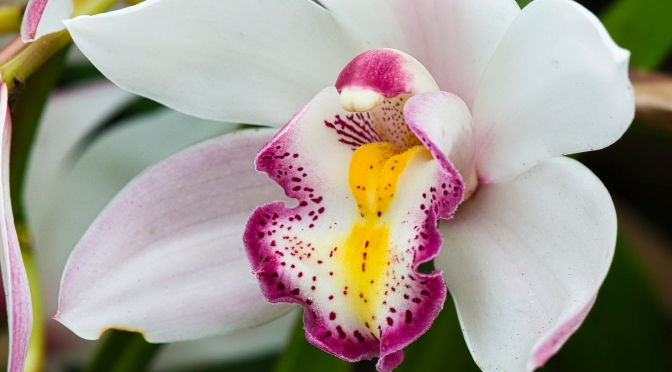
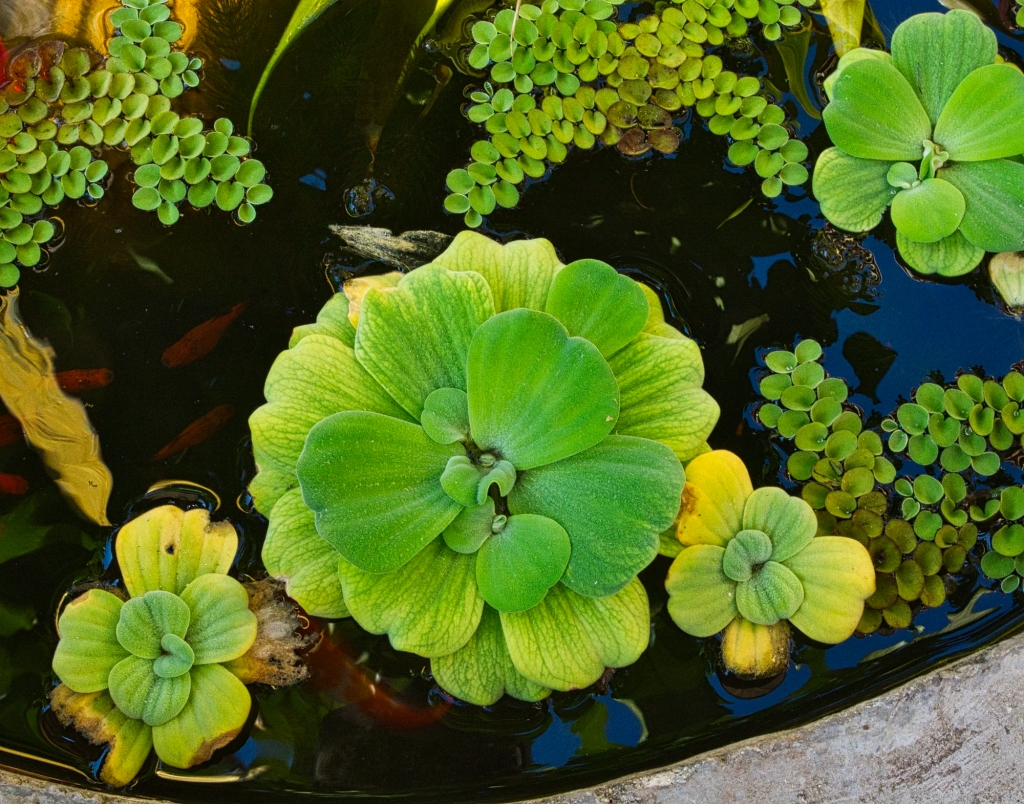
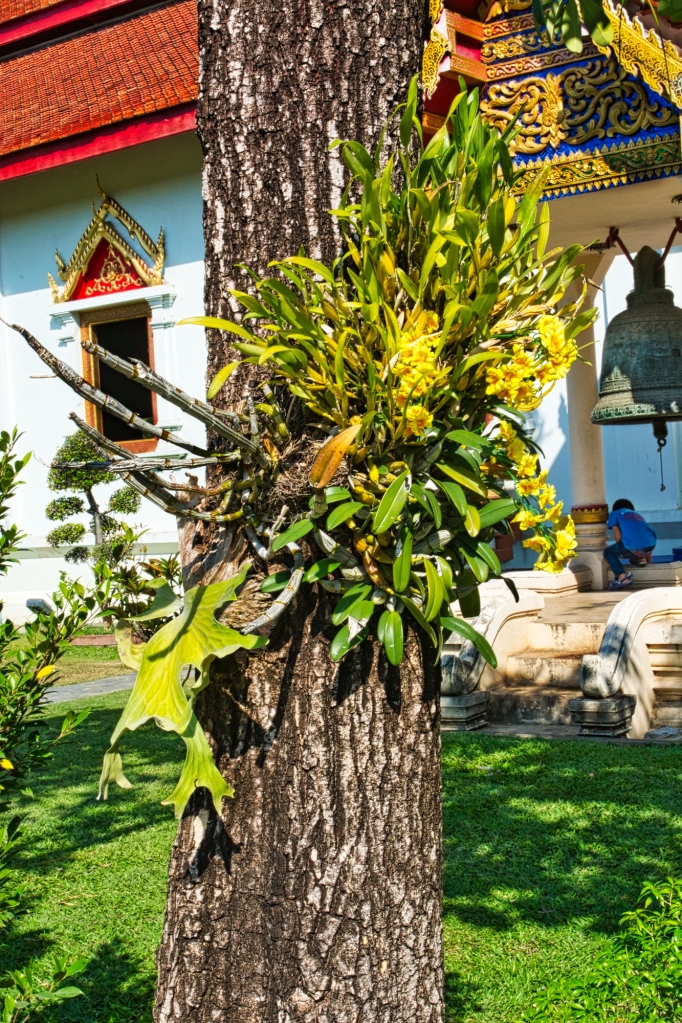
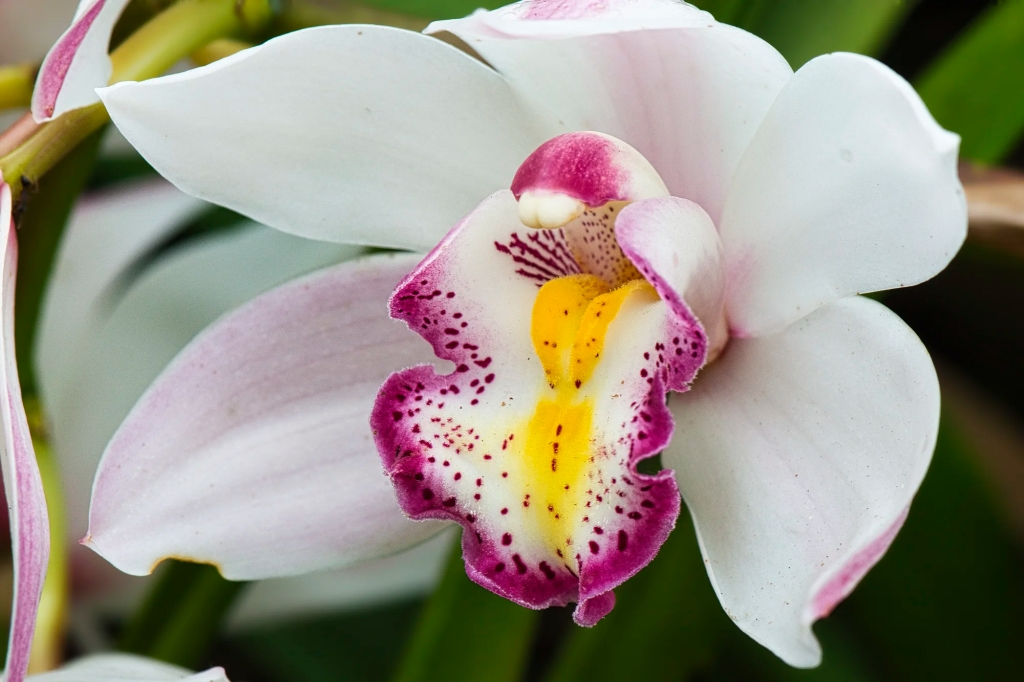
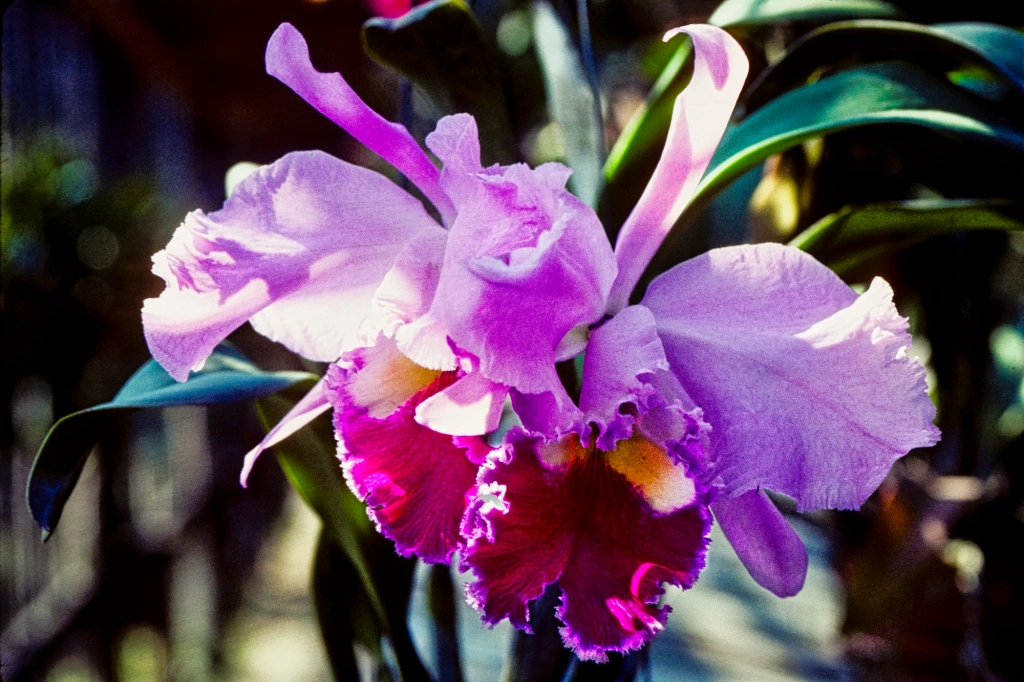
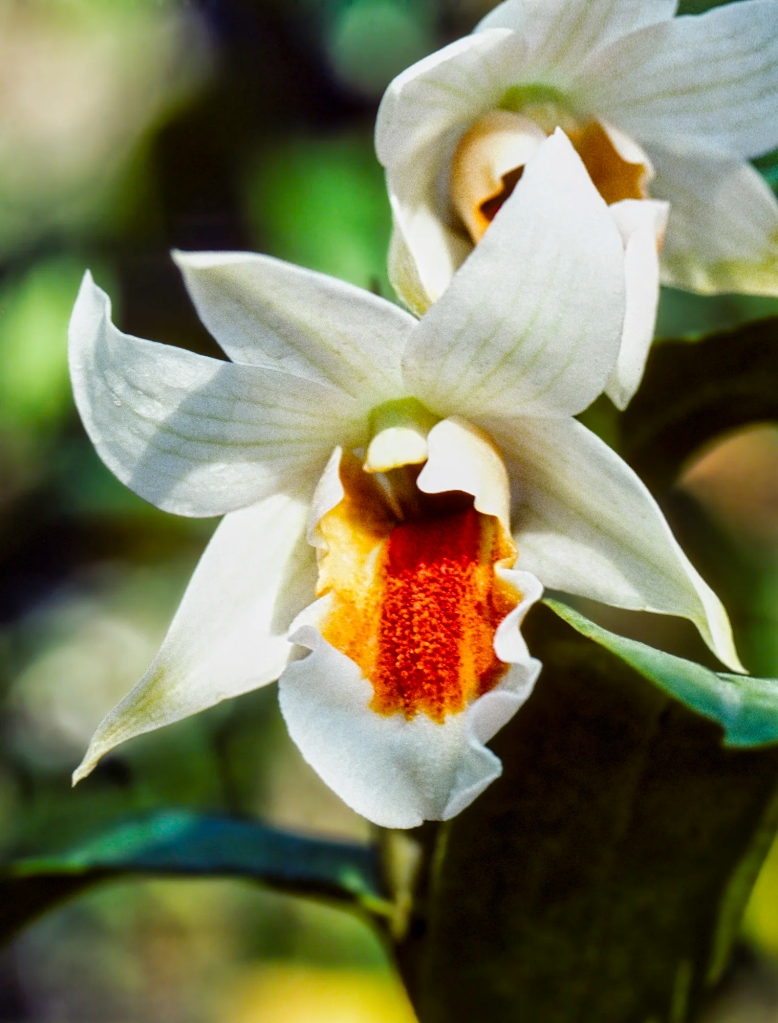
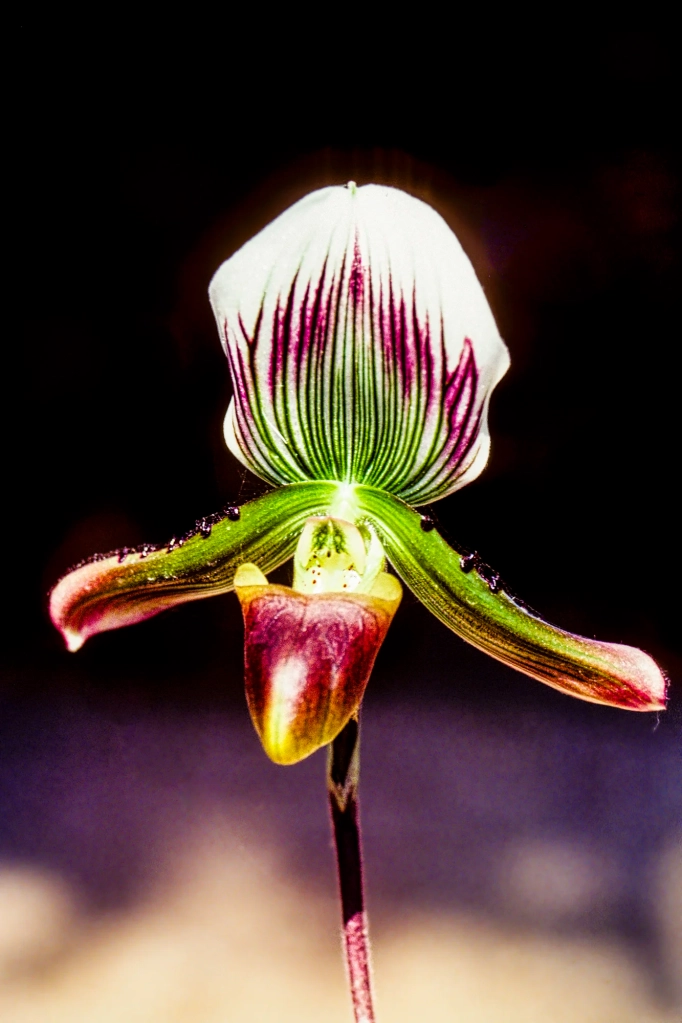
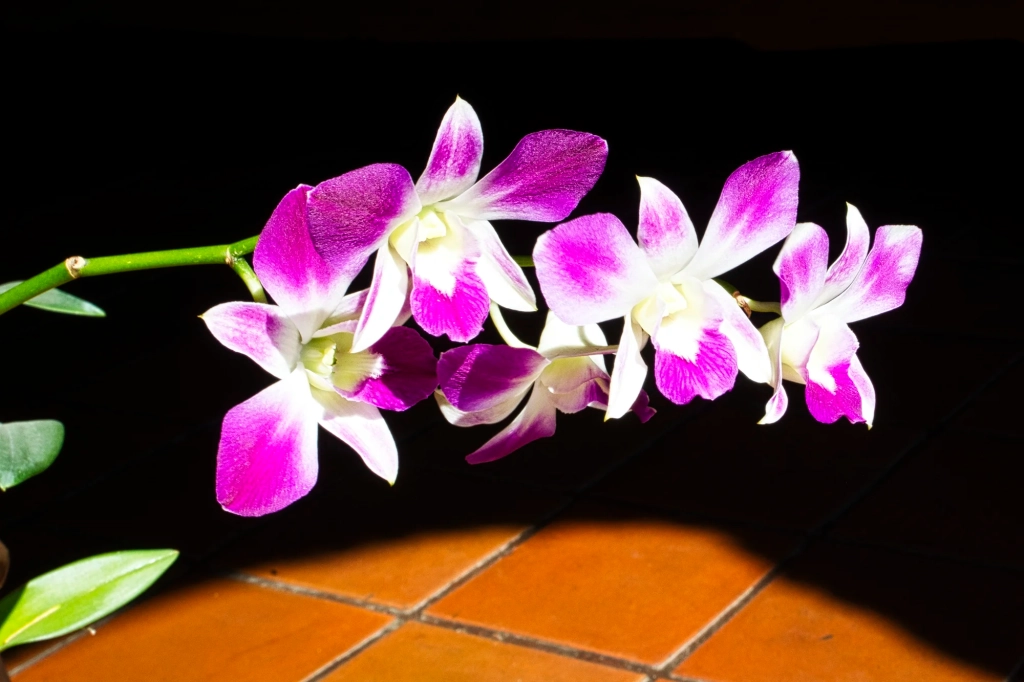
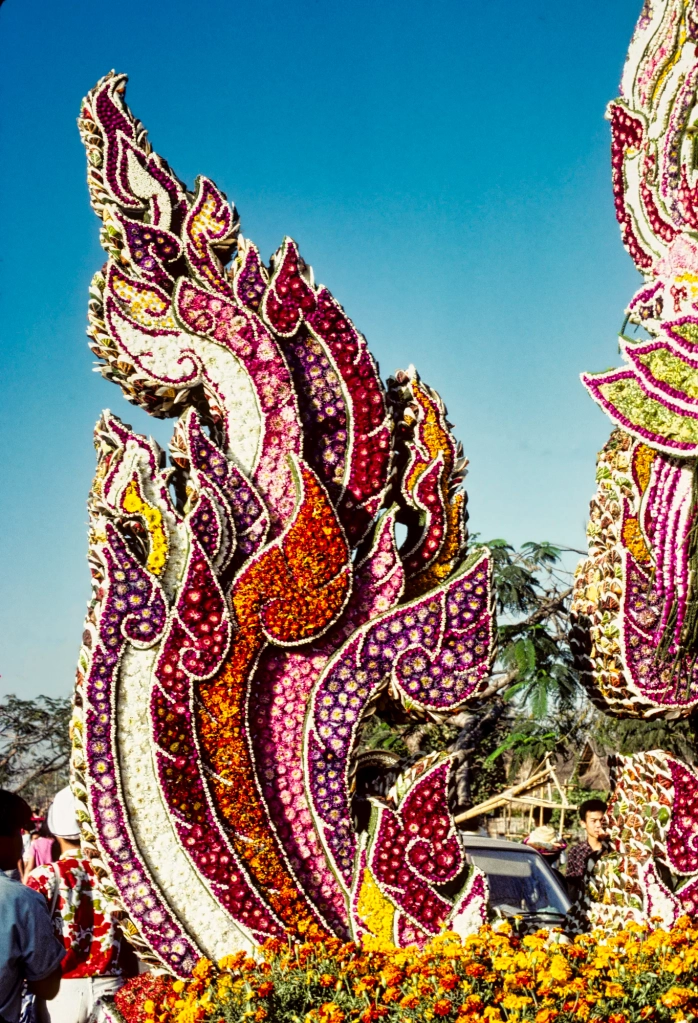
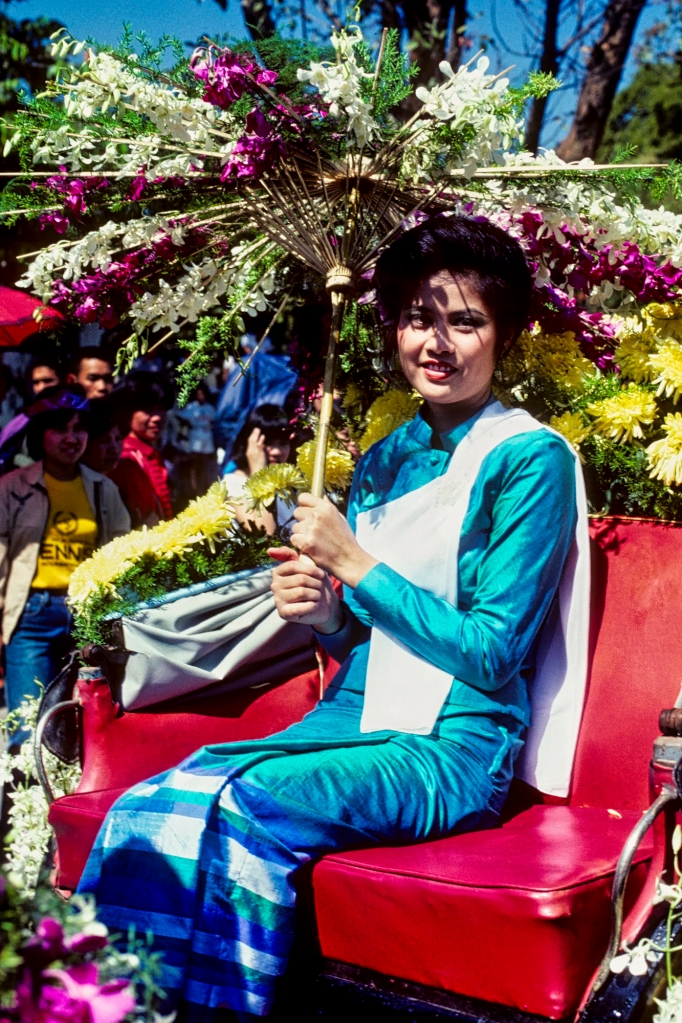
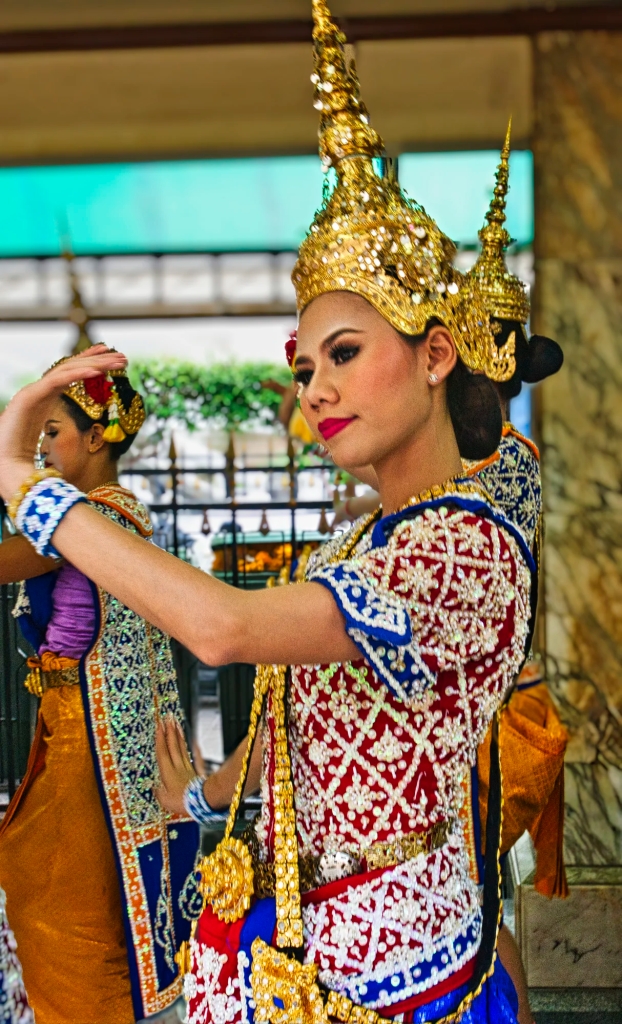
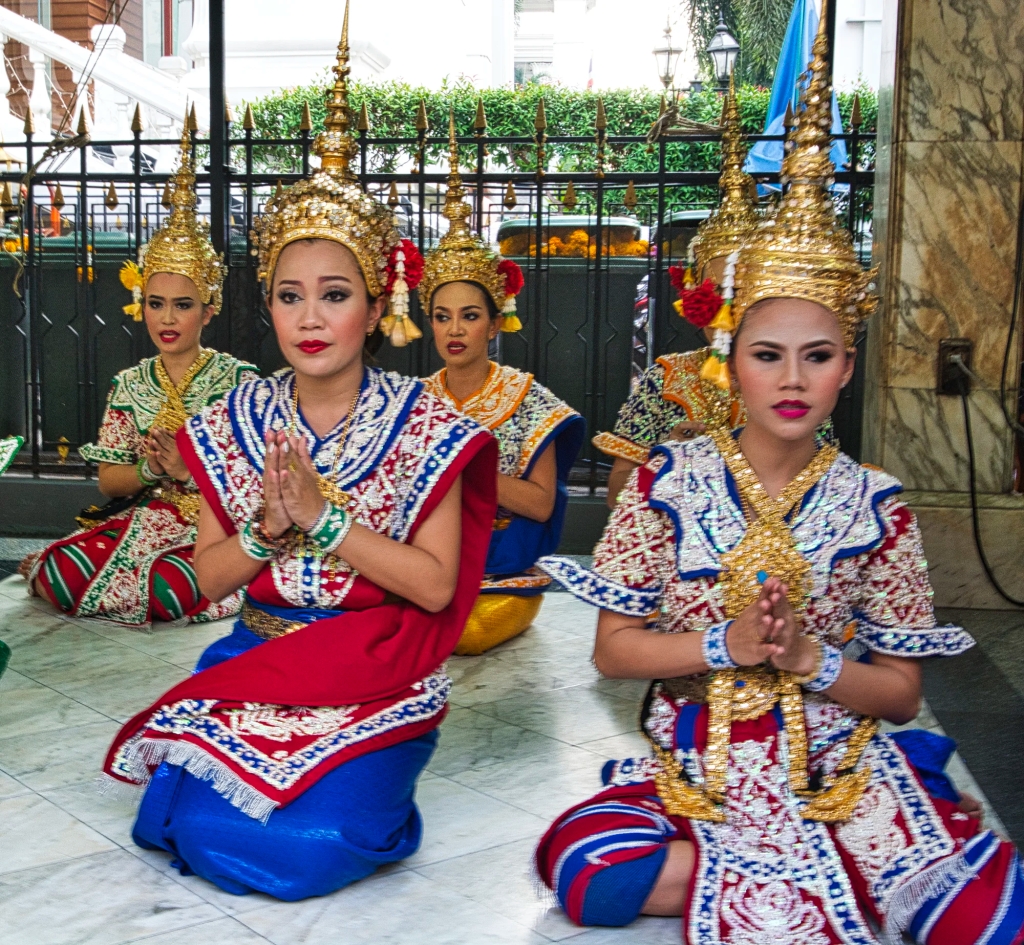
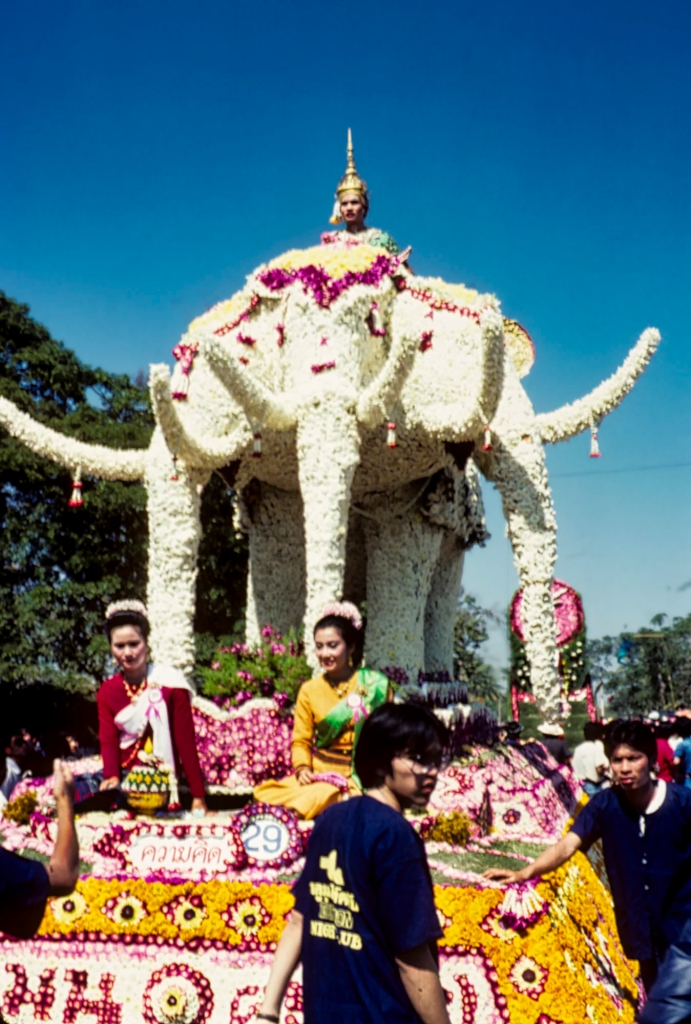
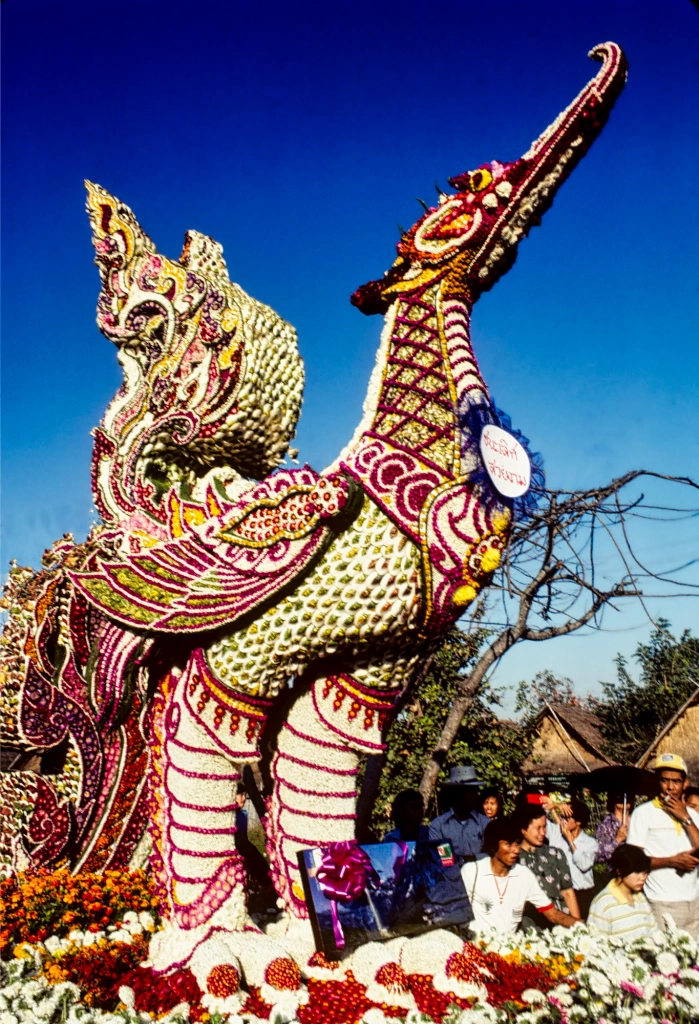
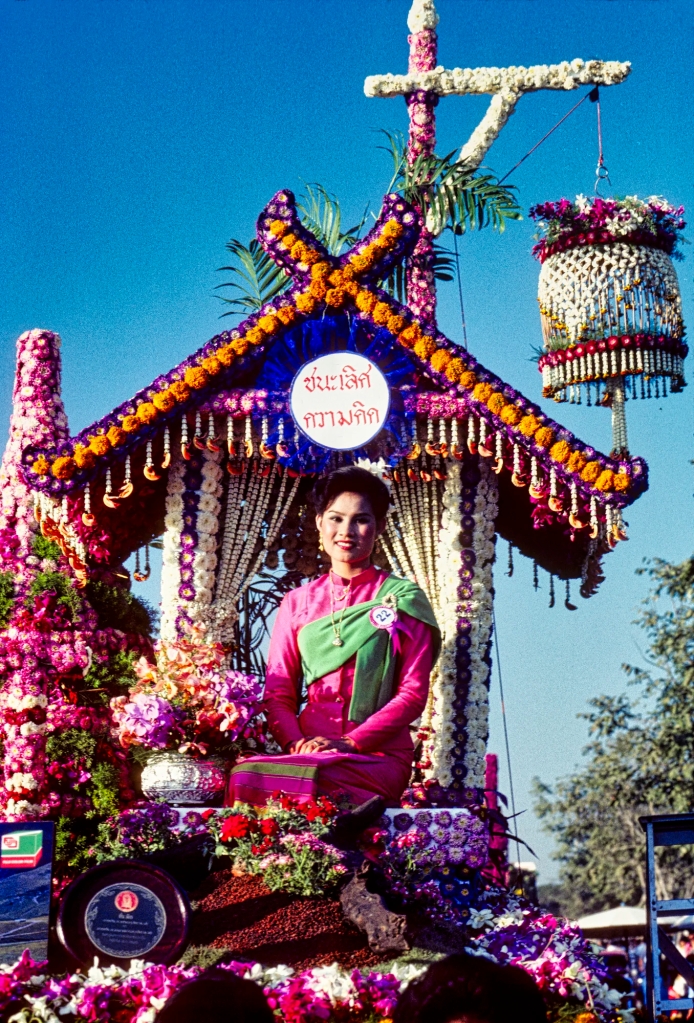
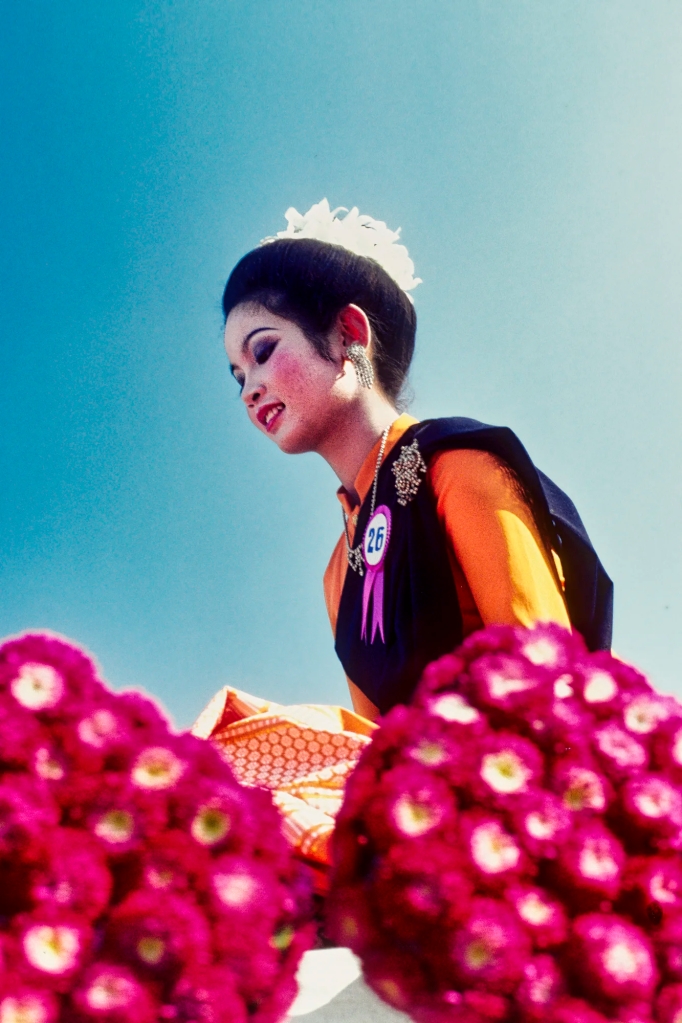
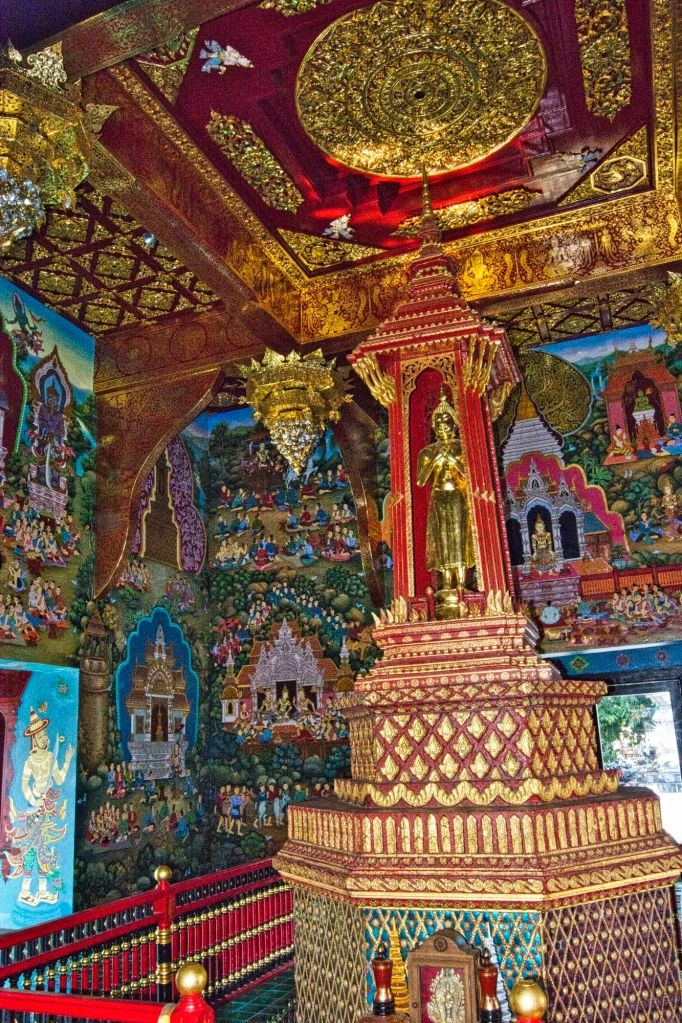
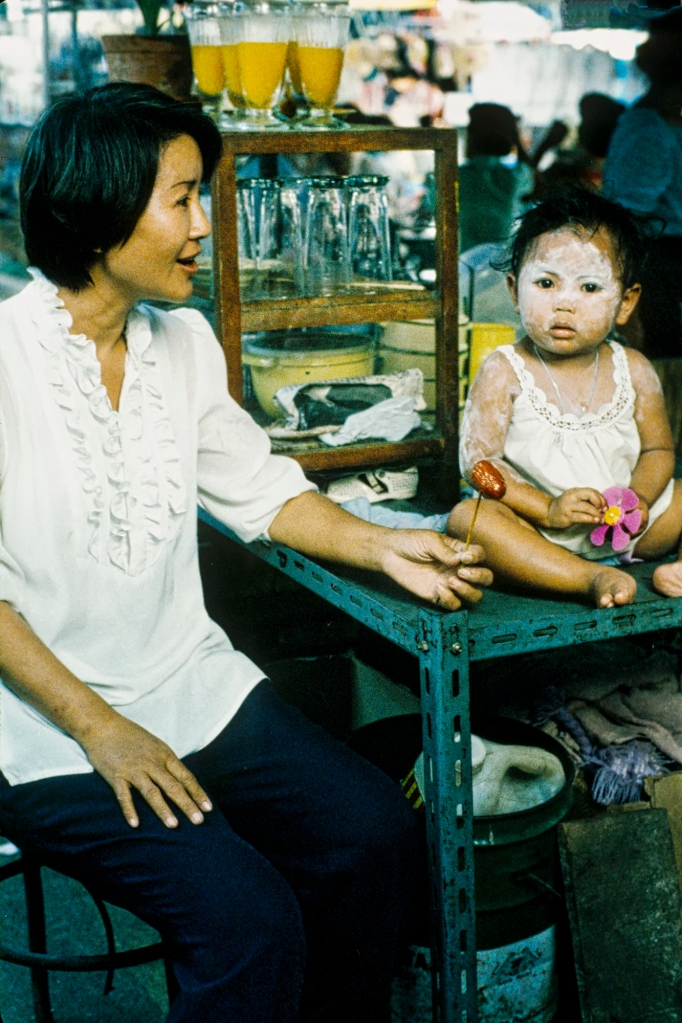
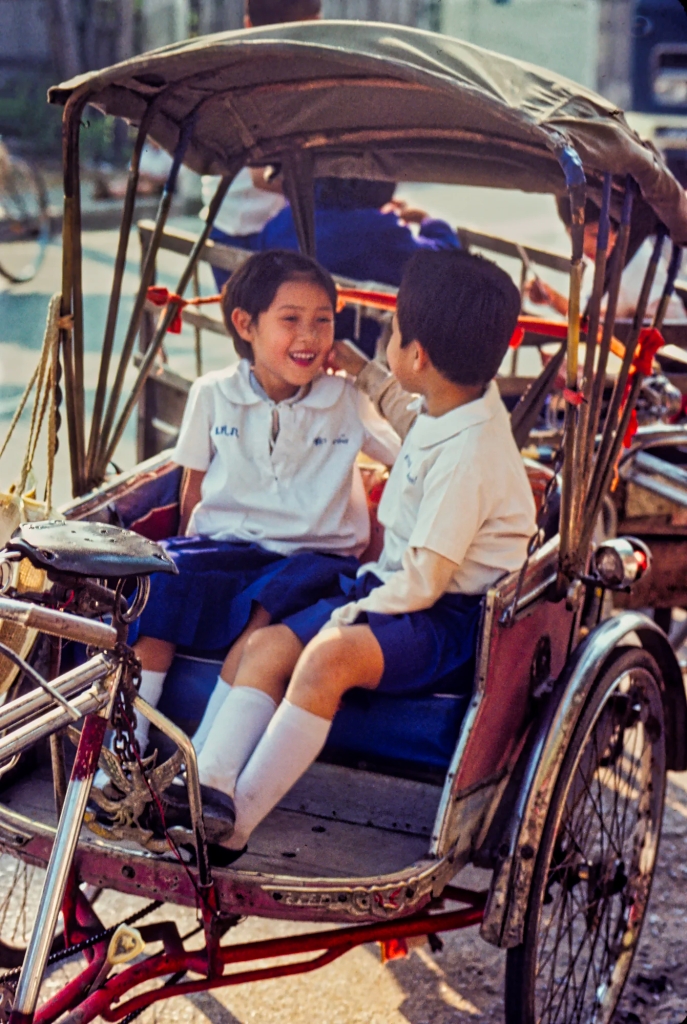
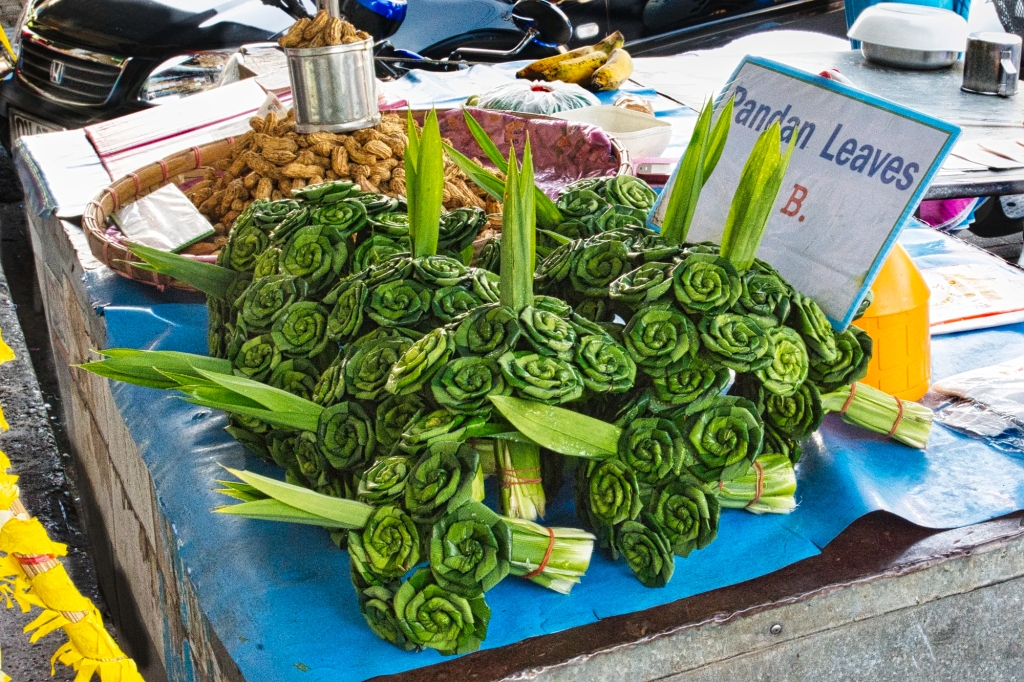
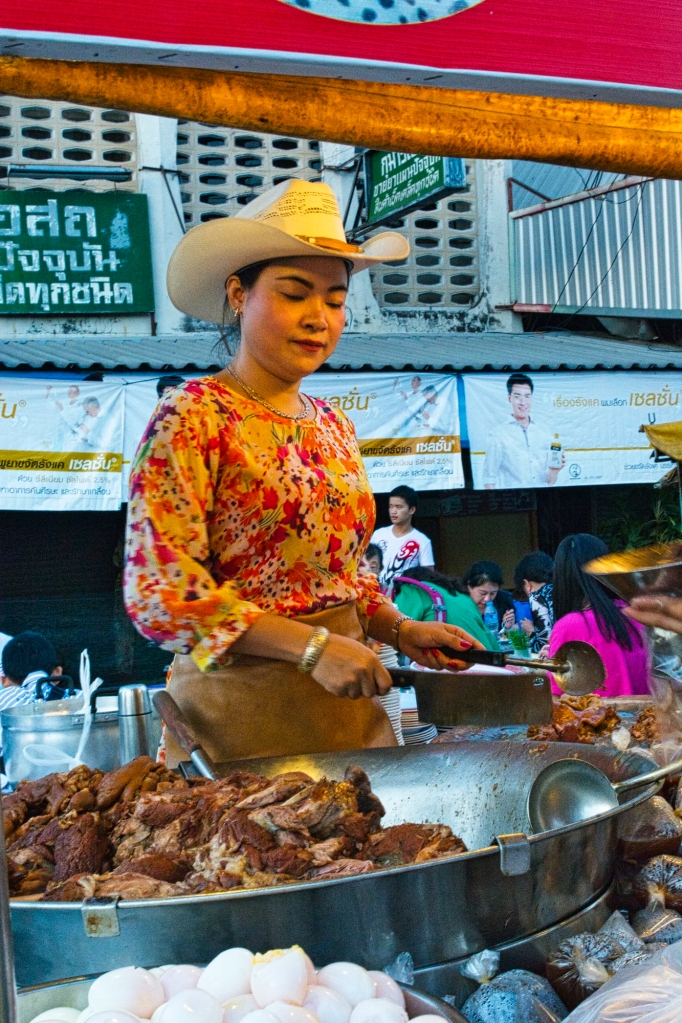
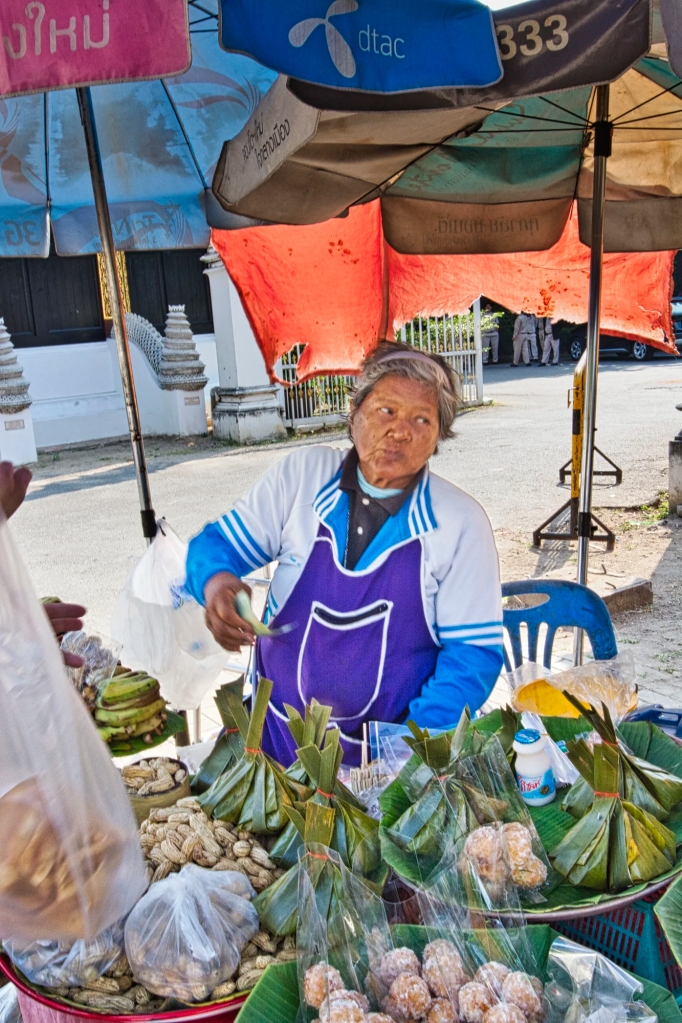
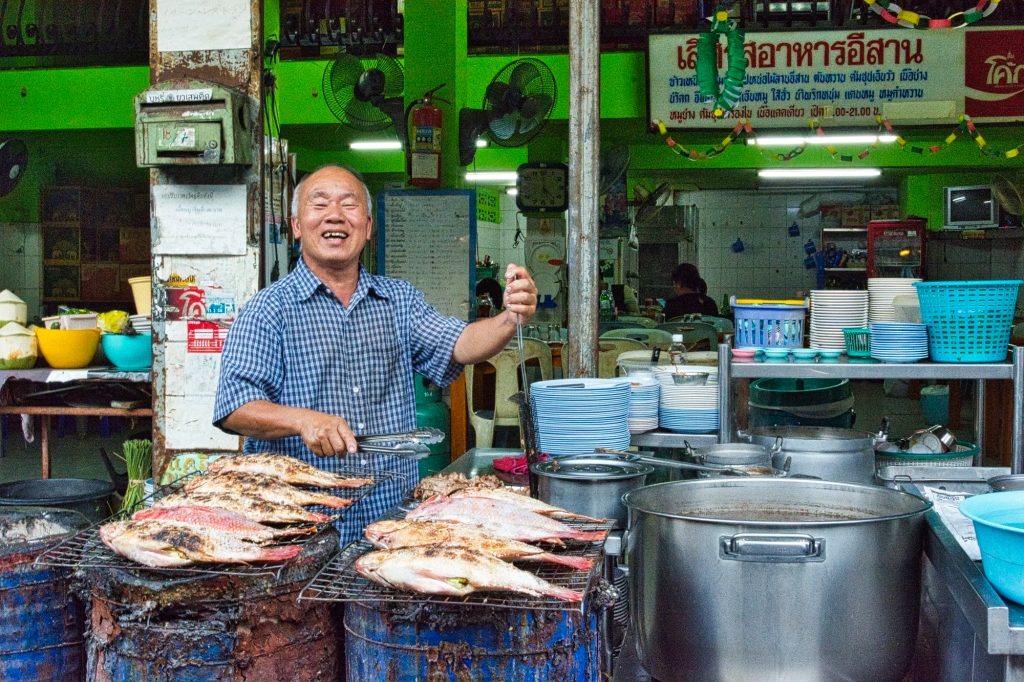
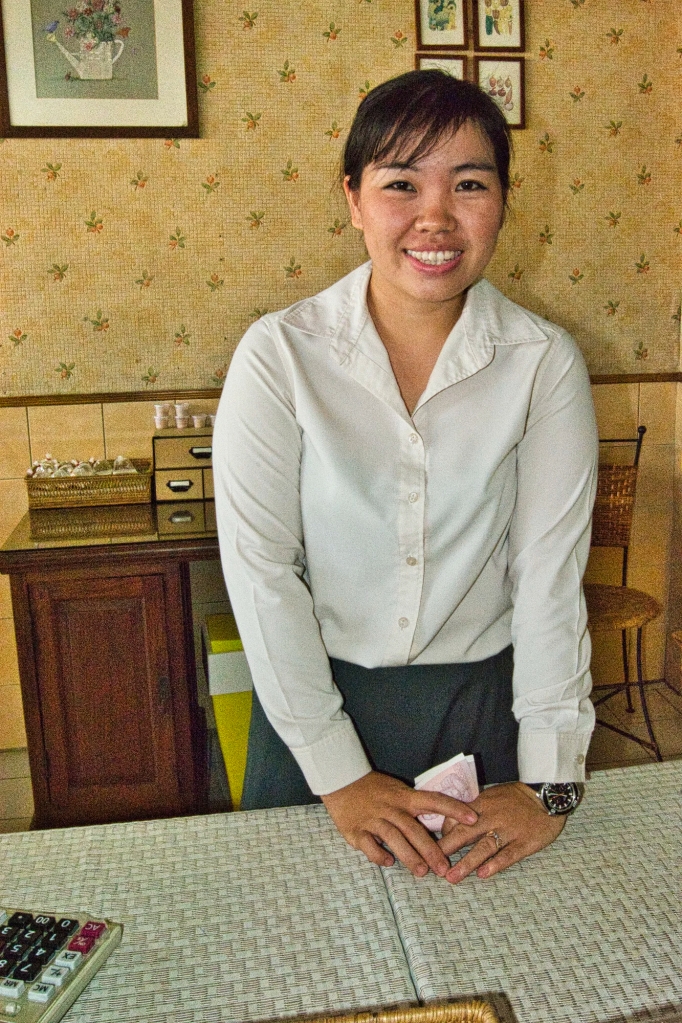
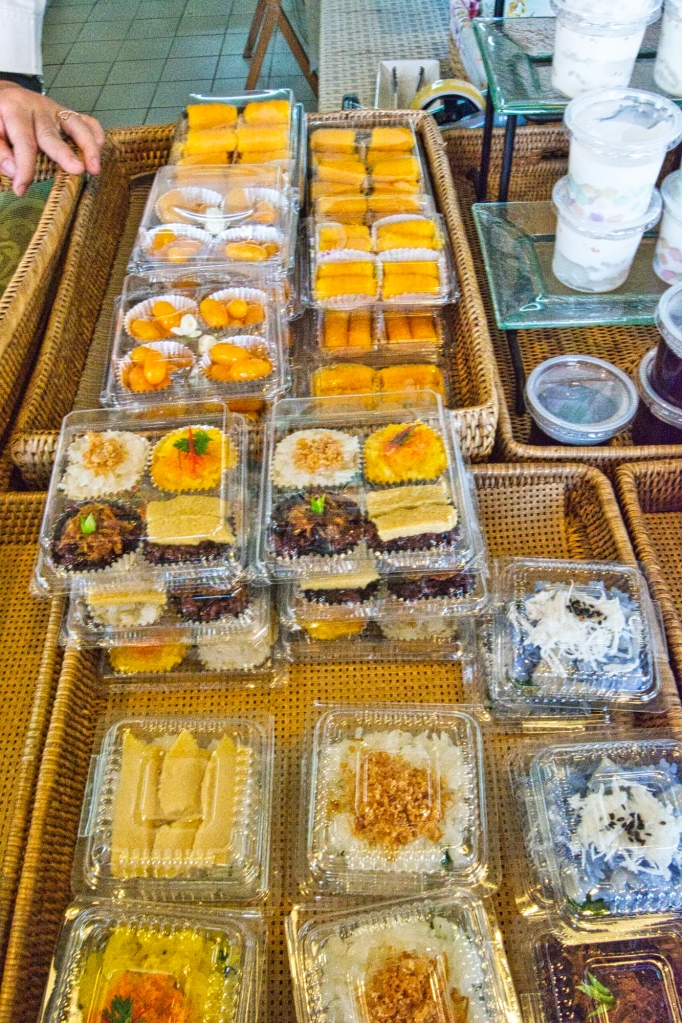
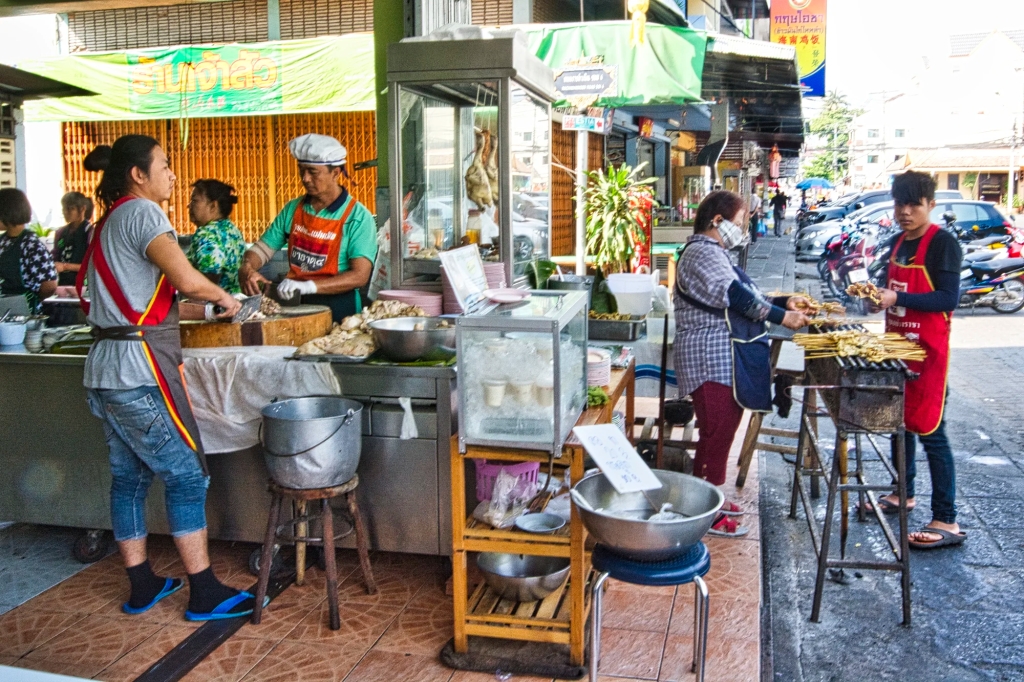
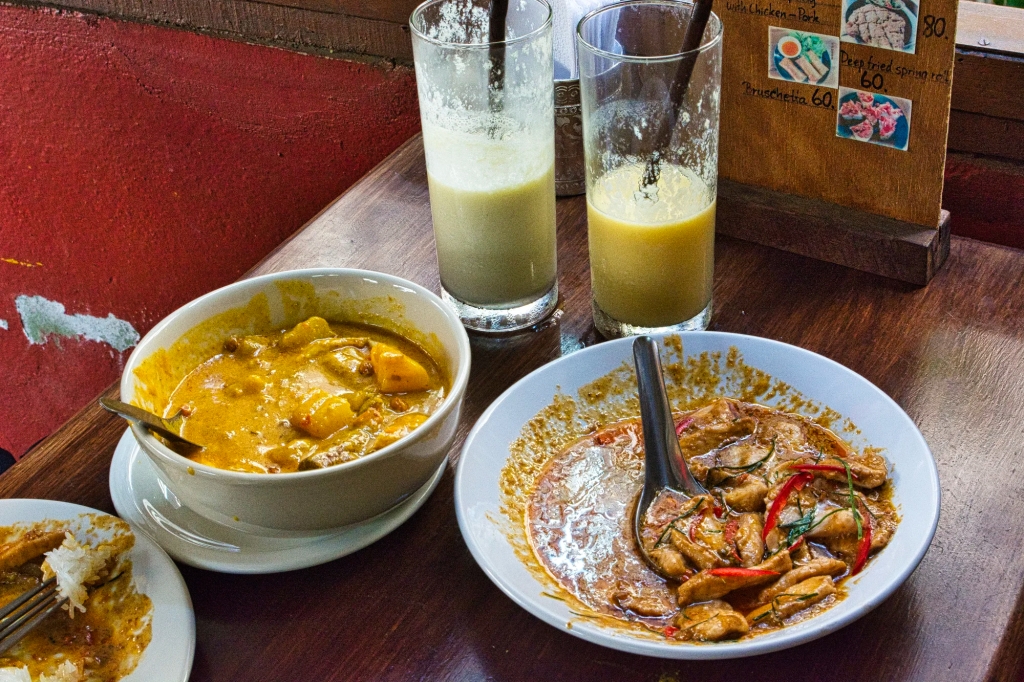
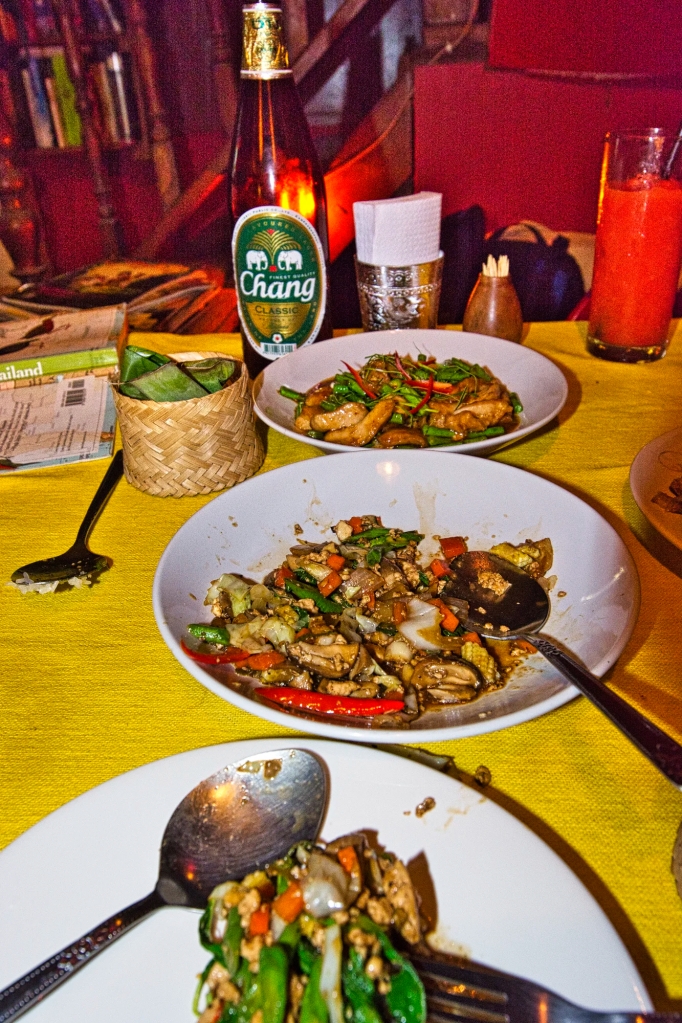
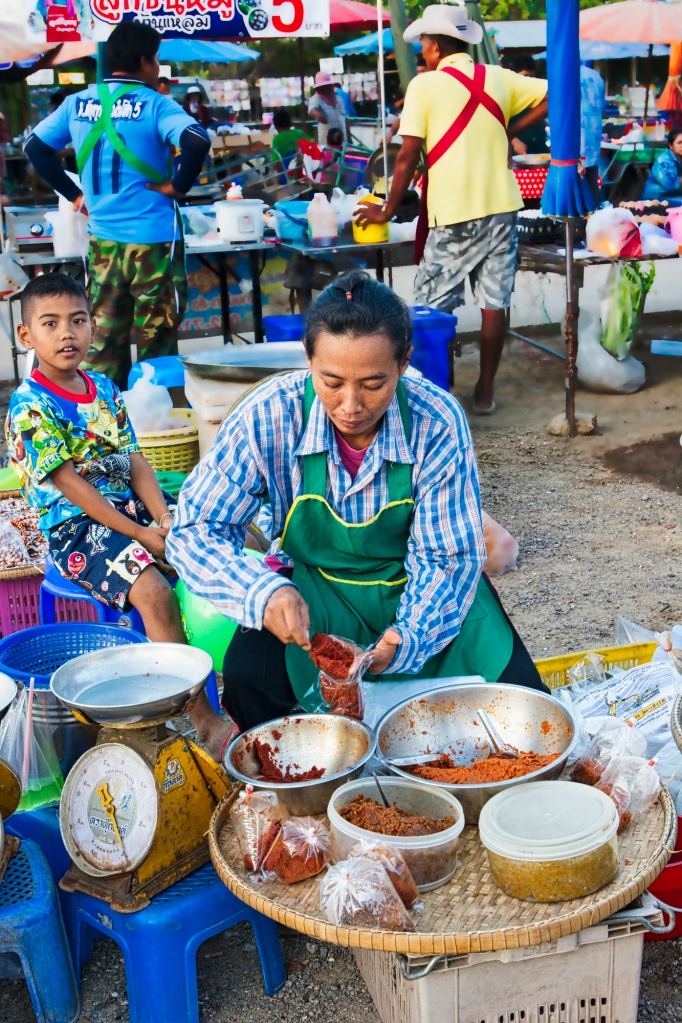
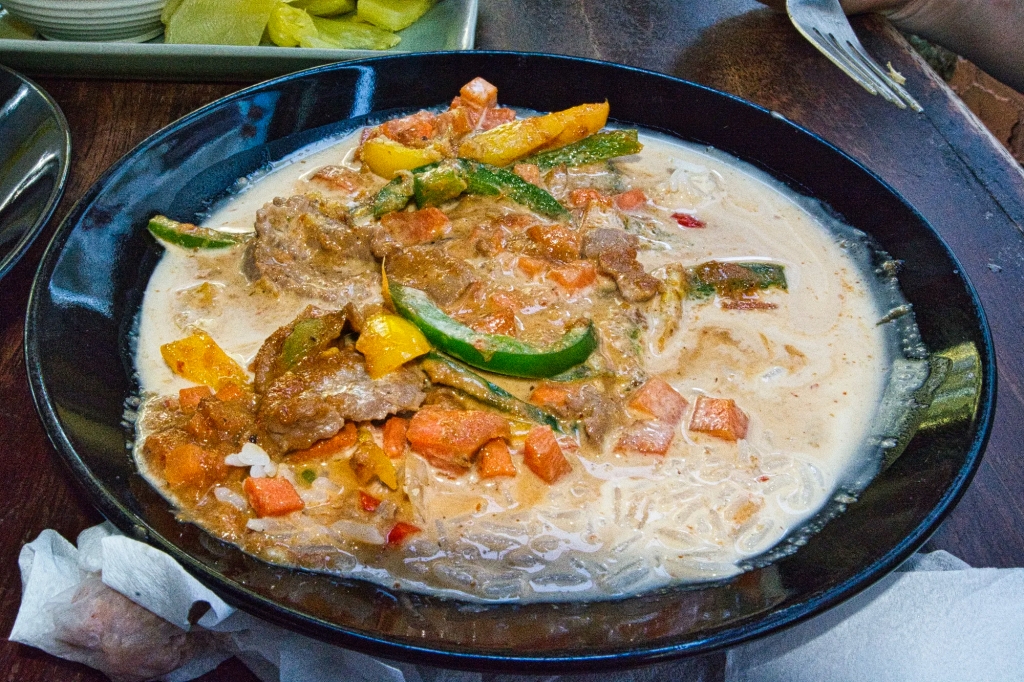

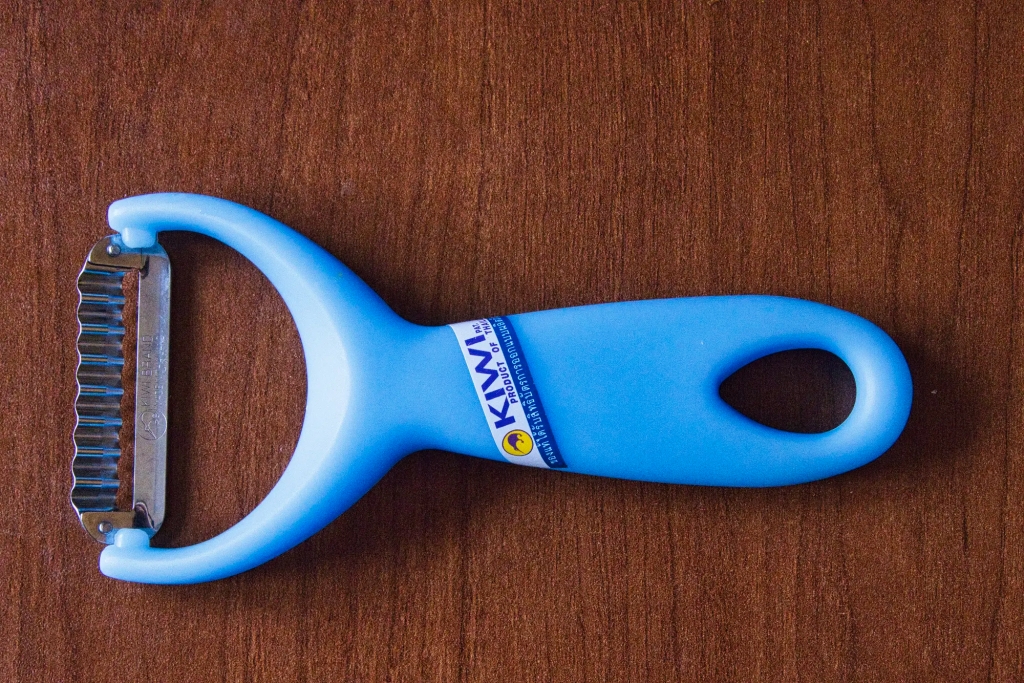
7 thoughts on “Chiang Mai – Food, Flowers and Festivals”